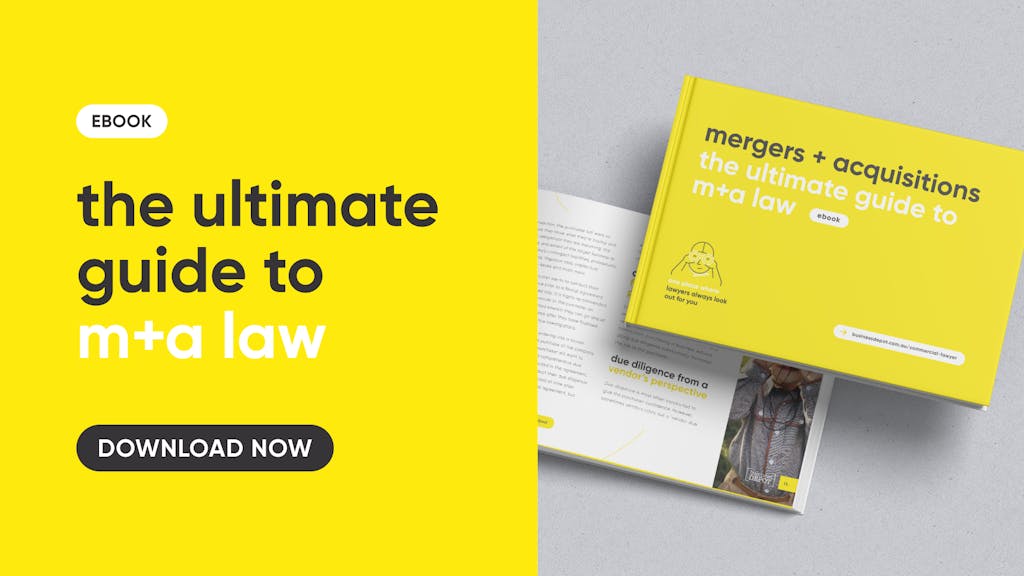After many years of hoping, hard work and plenty of due diligence, the time has arrived! You have the opportunity to sell your business and realise all that value after years of hard work.
If the number [and conditions] are right, that’s all that matters, right? Alas, it’s not that simple! And here’s something that many business owners don’t fully appreciate… there can actually be quite a different value [and therefore end sale price] depending on whether you are selling your company or your business.
‘Huh? What’s the difference?’, you ask. ‘My company is my business, isn’t it?’
When you go to sell, you might be selling the company [entity] or you might be selling the business… and there are key differences that it’s important you understand, even if a sale is in your distant future.
understanding business value
Often, we get asked to help with valuations, but it’s crucial to understand whether we’re talking about the valuation of a business, an entity, or more specifically, a company. The valuation of a business itself can vary depending on what is actually being traded.
Often a business valuation includes elements such as goodwill, plant and equipment, inventory and anything necessary for the continued operation of the business. From an accountant‘s perspective, a business valuation also includes working assets and liabilities. This means items like debtors net of creditors, leave entitlements, and similar elements are typically included in the business value.
However, you might be buying or selling a business and may only be dealing with specific assets from the business value. For example, some may just buy goodwill plus inventory.
determining company value
To determine the company value, we need to add any surplus assets to the ‘business’ requirements. These assets usually include cash reserves that exceed the normal working needs of the business and other non-business-related assets held within the entity, such as property.
From this total, we then deduct any debts within the company. The most common debts include bank debts and tax liabilities. These adjustments are crucial whenever transacting with a company [ie buying its shares], and must be made to the precise date of the transaction [unless agreed otherwise of course]. A single day can significantly impact things, for example if you paid your creditors or BAS liability.
steps to determine a company valuation
- calculate business value: Include goodwill, equipment, inventory, and working assets and liabilities.
- add surplus assets: Include cash reserves and any non-business-related assets.
- deduct debts: Subtract bank debts, tax liabilities and other debts.
This process will give us the company valuation.

the importance of understanding the difference
Understanding the difference between business and company valuations is the first and most crucial step in determining your ultimate value. The business value might remain constant over time, but the company value can change due to incurred tax liabilities or changes in cash reserves.
we’re here to help
If you need assistance understanding the difference or determining the value of your business or company, please don’t hesitate to contact either myself or Brad Dean. Or give us a buzz on 1300 BDEPOT. It’s a commonly misunderstood area, and we are here to help.
more handy info
If you’re thinking about selling or buying business assets, shares of other assets and you’d like to dig deeper into what makes a successful transaction download our ultimate guide to m+a law below!
get more business valuation insights
If you found this article useful and you’d like to get more information on business valuations, you can sign up to our mailing box here!





















































